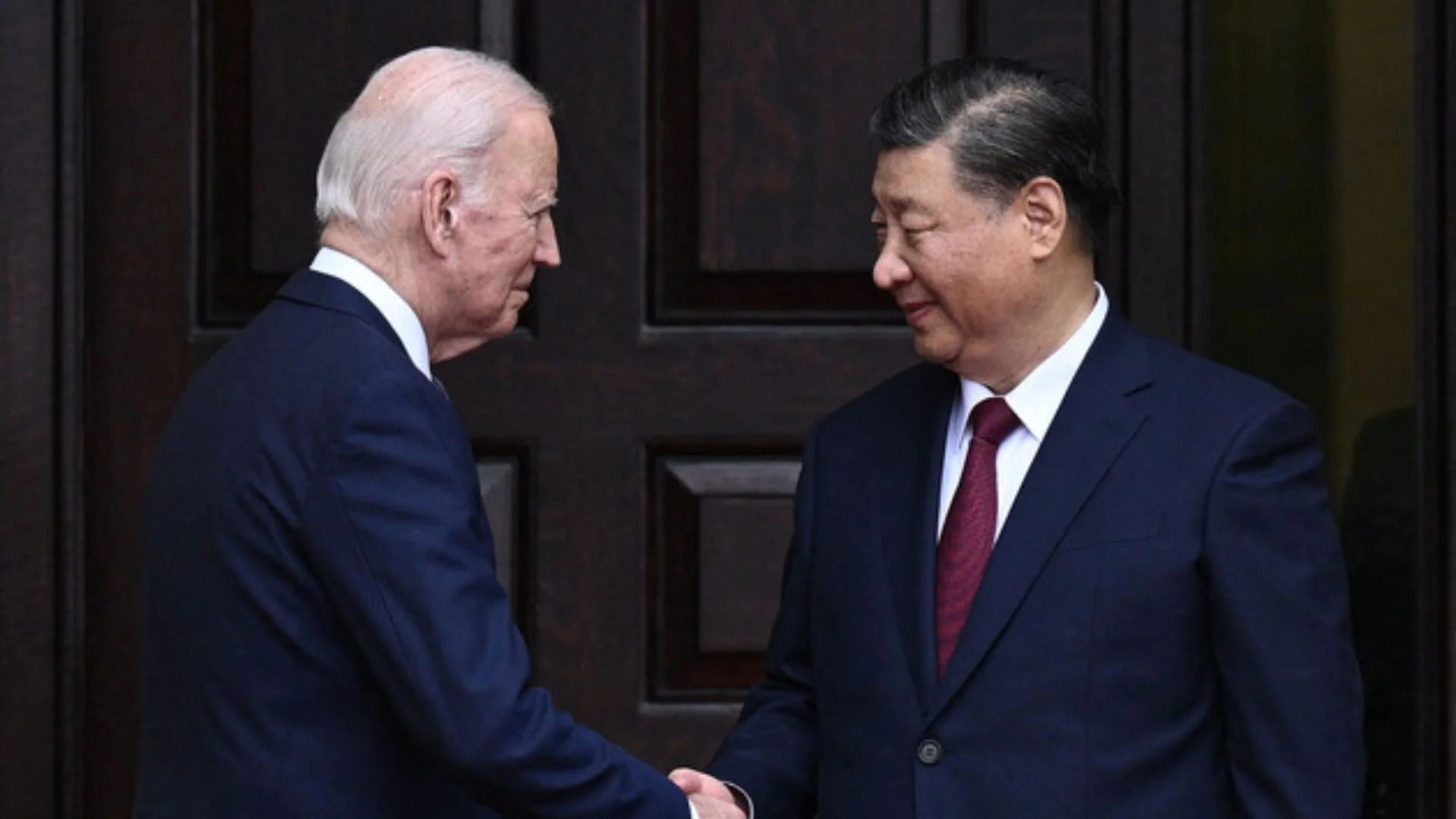
The Government of India has off-late presented a vision of India in 2047 marking a centenary of Independence with high altitude goals for growth, progress, and development. India is aiming to become the next economic powerhouse within the next 25 years and it’s just not going to achieve the same with closed room data sets or simple sloganeering. One of the crucial stakeholders of this ambitious journey is our youth workforce which seeks quality education and vocational soft skills, among other skills. Thus, the role of Indian Higher Education Institutes (HEI) comes into the spotlight as they carry the responsibility of nurturing the world’s most populous and one of the youngest workforces. Needless to suggest, the present scenario can just make these HEIs as degree-yielding marvellous pieces of infrastructure which deviate from the ambition which India has envisioned.
The policymakers have also understood the point in advance and came out with the National Education Policy (NEP-2020) with a broader idea of re-calibrating or at least shedding the traditional mindset of HEI in its overall structuring. This has forced a brainstorming within the ranks of responsible HEIs about the possibility of self-evaluation and planned implementation of changes. Yes, of course there exists a contrary view about the effectiveness of NEP-2020 in the Indian scenario, but we may have a broader discussion on this topic on some other fine day and choose to focus on our HEIs for a much-needed recalibration at this point of time.
From a closer look which the authors are privileged to have as a part of the profession, the broader ten-pronged approach is required at the micro levels of management and content delivery:
Curriculum Reforms: There is a need for curriculum reforms to make it more interdisciplinary, industry-relevant, and aligned with the needs of a rapidly changing world. Emphasis should be placed on practical skills, critical thinking, problem-solving abilities, and entrepreneurship. Regular review and updating of curricula in consultation with industry experts can help bridge the gap between academia and the job market.
Pedagogical Approaches: Traditional lecture-based teaching methods need to be supplemented with more interactive approaches which neither institution centric nor student centric in its lookout. Active learning techniques, project-based learning, and technology-enabled teaching methods should be encouraged, though fiscal management remains a big task.
Research and Innovation: A stronger research culture is crucial to foster innovation, generate new knowledge, and address societal challenges. Encouraging faculty and students to undertake research projects, promoting interdisciplinary research collaborations, and providing adequate funding and infrastructure for research activities are essential. Creating incentives for publishing in reputed journals and recognizing and rewarding research achievements can further drive research excellence. But a note of caution in this regard is avoiding the target given research for improving ranking in a shorter period of time as such research may add to quantity, but lacks quality, which is why garnering the world’s attention is difficult for such institutions.
Industry-Academia Collaboration: Strengthening ties between academia and industries is vital to align education with industry requirements. Collaborative research projects, internships, industry visits, and guest lectures by industry experts can enhance the practical relevan ce of education. But what is practically required or ideally can be referred as a bold step is to include significant industry board members in HEIs own Board of Management for a fresh lease of demand centric life and values. Industry advisory boards and partnerships with industries can provide valuable inputs on curriculum design, skill requirements, and emerging trends.
Infrastructure Development: Adequate infrastructure is necessary to support quality education and research. This includes well-equipped laboratories, libraries, research centres, and IT infrastructure. Investment in modern technologies, updated software, and digital resources will enable institutions to keep pace with advancements in the field. But often, HEIs take infrastructure alone as a driving factor in their successful intake of students. It plays its part, but word of mouth publicity about the institution plays a greater part.
Faculty Development and Recruitment: Recruitment and development of highly qualified and motivated faculty members are crucial for academic excellence. If you invest in your faculty today, you invest in your constant successful relevancy of tomorrow. Instituting transparent and merit-based faculty recruitment processes, providing opportunities for professional development and training, and recognizing and rewarding teaching and research excellence can attract and retain top talent. Student Support Services: Robust support services are essential to cater to the diverse needs of students. This includes academic counselling, career guidance, mental health support, and facilities for extracurricular activities.
Internationalization: The game of internationalization should never be seen as limited to the high political or administrative class and should be brought to the ordinary Indian who sees it as not a mere dream, but part of his learning reality. Promoting international collaborations, student and faculty exchange programs, and joint research initiatives can provide exposure to global perspectives and enhance the quality of education..
Governance and Autonomy: Ensuring institutional autonomy and effective governance structures is crucial for academic freedom, decision-making, and accountability. Promoting transparent and participatory decision-making processes, streamlining administrative procedures, and strengthening institutional leadership can enhance the overall functioning of higher educational institutions.
Continuous Quality Assessment and Accreditation: Regular and rigorous quality assessments, both internal and external, are necessary to maintain and improve the quality of education. Encouraging institutions to seek genuine accreditation (not on the basis of self-claimed data) from recognized bodies, can ensure accountability.
India@2047 envisions a prosperous, technologically advanced, and socially inclusive nation that plays a pivotal role in shaping the global landscape. With sustainable development practices, a thriving economy, excellence in education and research, cultural renaissance, and good governance, India stands as a beacon of progress and a model for nations and for this, the biggest recalibration has to come through the path of education in our HEIs at a much faster pace.
Dr Deepankar Sharma is an Assistant Professor of Law (Senior Scale) at Manipal University Jaipur and as an Honorary Fellow at Asian Institute of International Financial Laws at University of Hong Kong. Dr Vini Kewaliya is an Assistant Professor of Law (Senior Scale) and as Assistant Controller of Examinations at Manipal University Jaipur.















